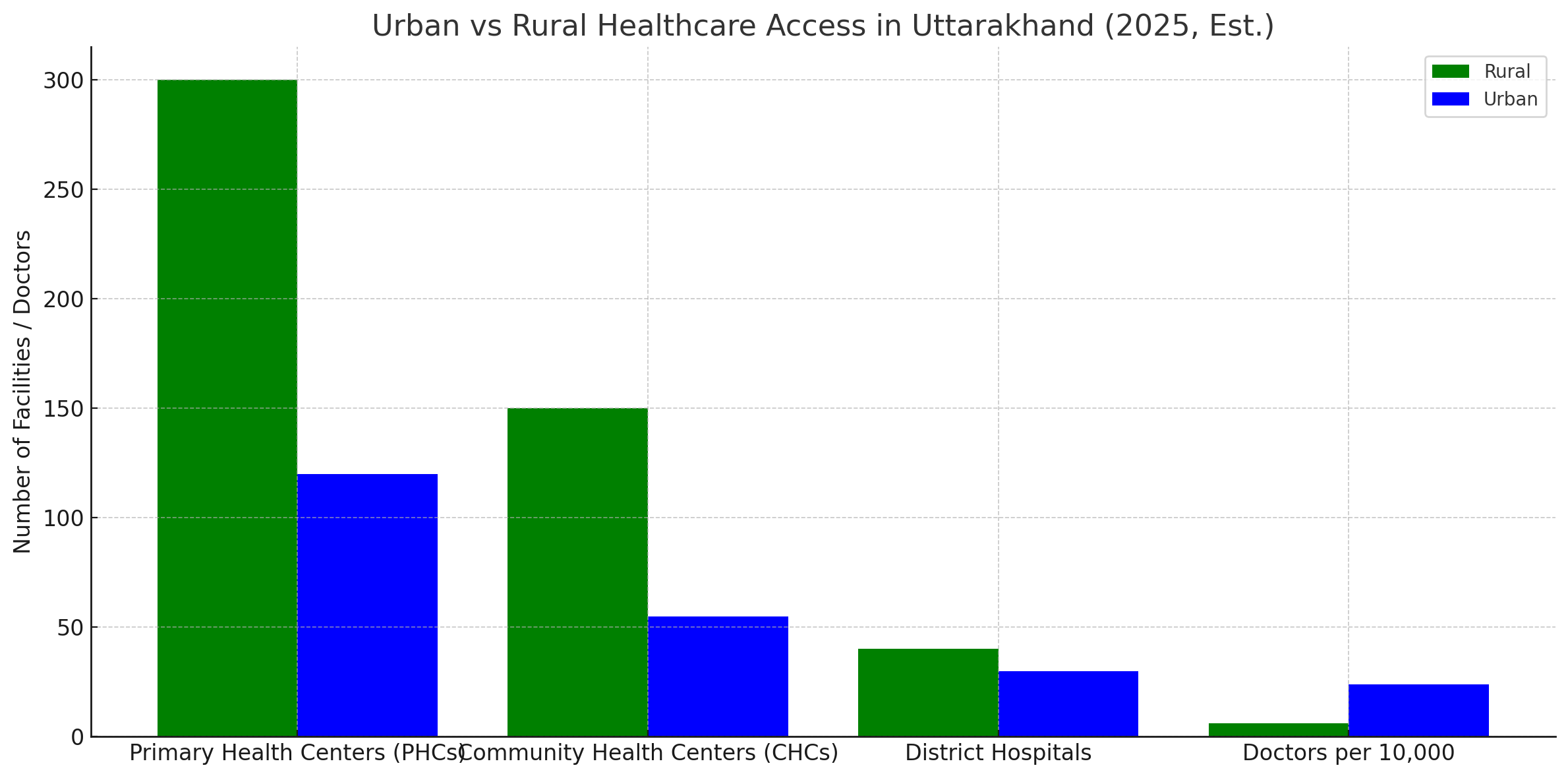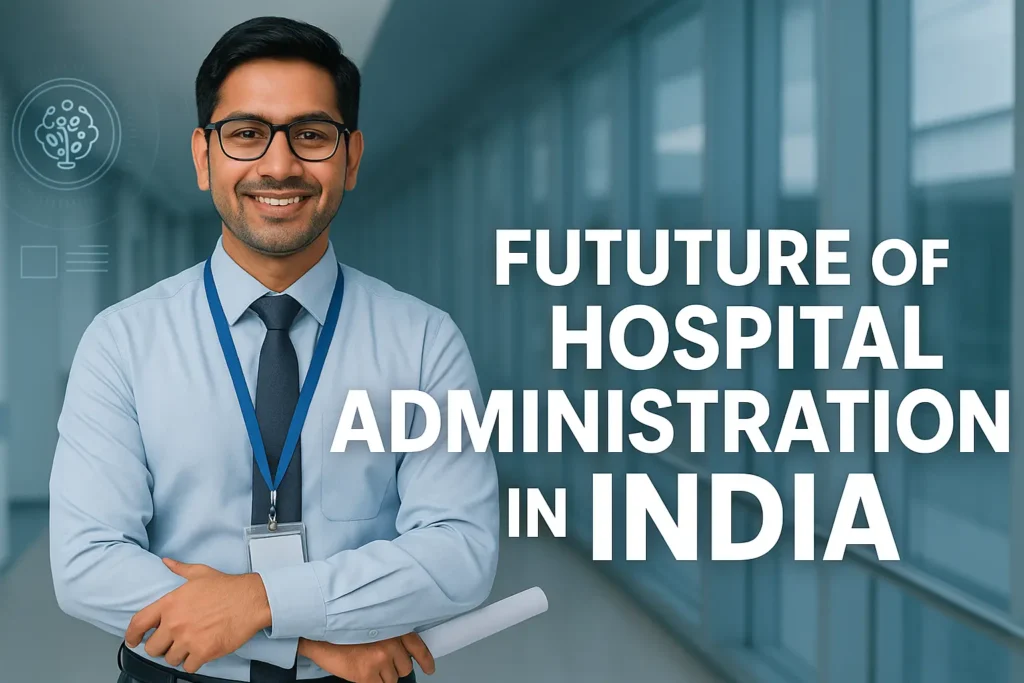“Cracks in the Hills: The Unequal Healthcare Reality of Uttarakhand”
A Voice from the Hills
At the Ramyanti Foundation, our work is rooted in the belief that access to quality healthcare is not a privilege—it is a basic human right. Operating in the heart of Uttarakhand, we witness firsthand the stark contrast between the serene beauty of the Himalayas and the persistent struggle of its people to access essential health services.
As a foundation working at the intersection of health, education, human resource development, and rural upliftment, we feel compelled to shed light on Uttarakhand’s fragile healthcare system—and the pressing need for collective action before it’s too late.
The Current Healthcare Scenario in Uttarakhand
Dual Realities: Urban Progress vs. Rural Neglect
Urban centers like Dehradun, Haridwar, and Haldwani have seen improvement in hospital infrastructure, digital health integration (ABHA IDs), and tertiary care through institutions like AIIMS Rishikesh. However, these urban benefits remain out of reach for nearly 70% of the population that lives in rural and remote mountainous areas.

Here’s a visual comparison of healthcare access in urban vs rural Uttarakhand (estimated for 2025). It shows that while rural areas may have more PHCs and CHCs numerically, they are often understaffed and under-resourced—reflected clearly in the low doctor-to-population ratio. Urban areas, by contrast, have significantly more doctors per 10,000 people.
Challenges in Rural Areas:
- Non-operational PHCs and CHCs due to lack of staff and equipment.
- Doctors reluctant to serve in remote districts due to isolation and lack of incentives.
- Inadequate ambulance services and poor road connectivity.
- Villages like those in Tehri Garhwal and Chamoli have health centers built but not functional.
Ground Realities: What the Data Says
| Indicator | Urban Uttarakhand | Rural Uttarakhand | National Context |
|---|---|---|---|
| Life Expectancy | 71.0 years | 70.3 years | 70.4 years |
| Doctor-Patient Ratio | ~1:1500 | ~1:5000+ | WHO standard: 1:1000 |
| Institutional Deliveries | 85% | ~65% | 89% (India average) |
| Anaemia among Women | ~45% | ~58% | 53% (India average) |
| Health Worker Vacancies | Low | High | Variable |
(Source: NFHS-5, MoHFW, NITI Aayog Reports)
Voices from the Ground
Through our field work, the Ramyanti Foundation regularly interacts with communities in Rudraprayag, Pauri, and Bageshwar. Some common concerns raised by residents:
“There is a hospital building in the village, but no doctor has visited it in over a year.”
— Village elder in Pokhri Block
“We walked 12 kilometers carrying a pregnant woman to the nearest motorable road.”
— ASHA worker in Uttarkashi
“People are moving away not because they want to, but because there’s no health or hope left here.”
— Schoolteacher in Almora
The Cost of Administrative Inattention
If the state government and national bodies do not act swiftly, the consequences will be far-reaching and irreversible:
1. Worsening Health Outcomes
- Higher maternal and infant mortality.
- Outbreaks of preventable diseases in isolated regions.
2. Economic Strain on Families
- Rising out-of-pocket medical expenses for private treatment.
- Loss of daily wages due to travel for medical care.
3. Rural Exodus and Demographic Imbalance
- Young families are abandoning their ancestral villages.
- Over 1,100 “ghost villages” already exist in Uttarakhand.
4. Collapse of Rural Economies
- Ailing and aging populations cannot sustain agriculture or tourism.
- Skills and youth drain to urban areas.
Ramyanti Foundation’s Response and Commitment
As an organization committed to holistic development, Ramyanti Foundation is actively working to bridge the healthcare divide in the following ways:
Community Health Education
- Conducting awareness campaigns on maternal health, nutrition, and sanitation.
- Training ASHAs and community volunteers on first aid and health literacy.
Capacity Building
- Through our academic wing, we are training future professionals in Hospital Administration and Public Health, equipping them to serve in rural and underserved regions.
Telehealth Pilots
- Collaborating with local health centers to introduce teleconsultation services for specialist advice.
Advocacy & Research
- Partnering with academic institutions and policy makers to advocate for rural health reforms.
- Conducting field surveys and policy papers to identify gaps in service delivery.
The Way Forward: What Needs to Happen
While grassroots initiatives like ours create important change, systemic reform is necessary for sustainable impact. We urge the administration to:
- Incentivize Rural Postings – Offer financial, housing, and professional growth incentives to doctors and paramedics.
- Strengthen Digital and Mobile Infrastructure – Invest in telemedicine, mobile health vans, and real-time data systems.
- Upgrade Rural PHCs & CHCs – Provide funding for critical equipment and ensure regular auditing.
- Public-Private Partnerships (PPP) – Invite NGOs, foundations, and private players to co-manage and staff remote health facilities.
A Call for Collective Action
At Ramyanti Foundation, we believe the well-being of Uttarakhand’s people cannot be an afterthought—it must be central to our state’s development narrative.
If we want our hills to thrive—not just as tourist destinations, but as homes full of dignity and opportunity—then we must act now. Let us not allow geography to become destiny. Let us come together—government, civil society, and citizens—to build a Uttarakhand where every life, no matter how remote, is valued and protected.

